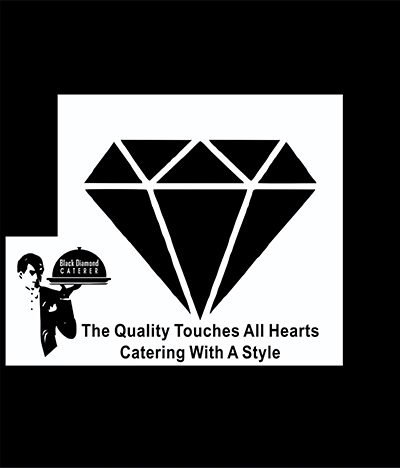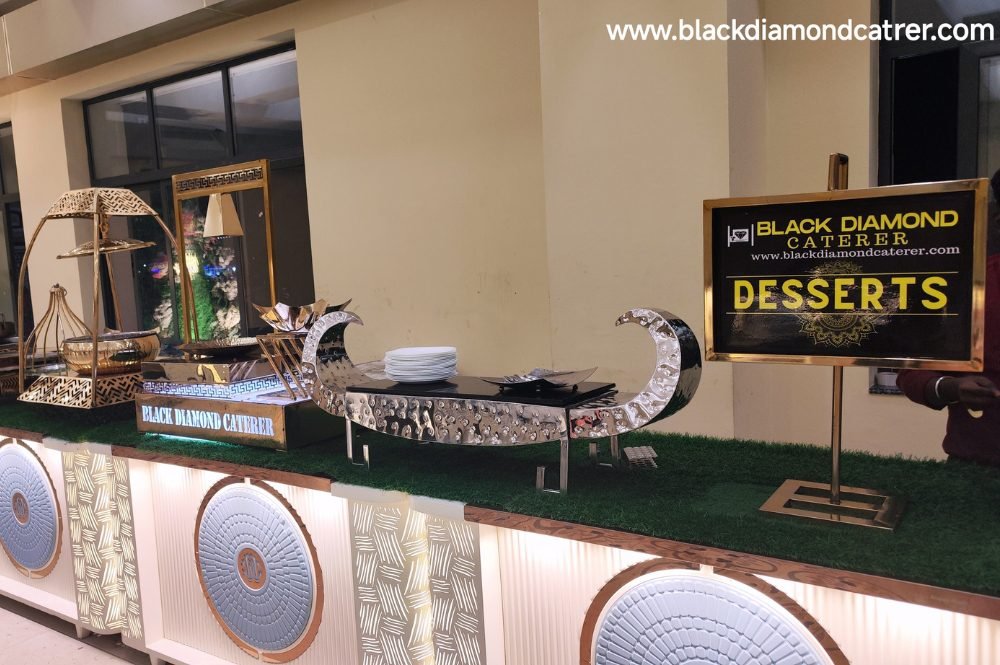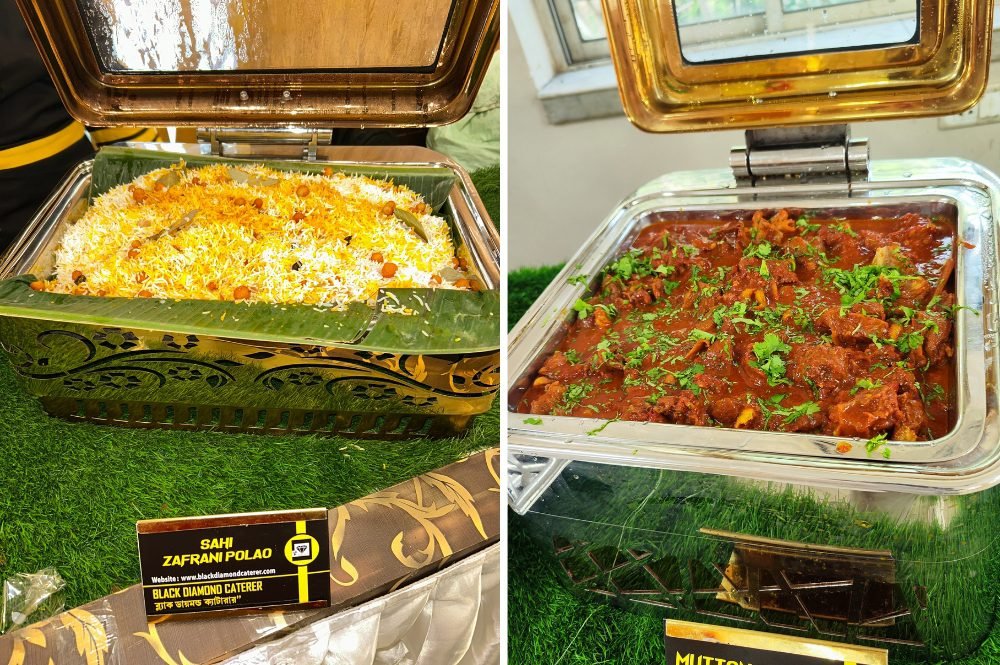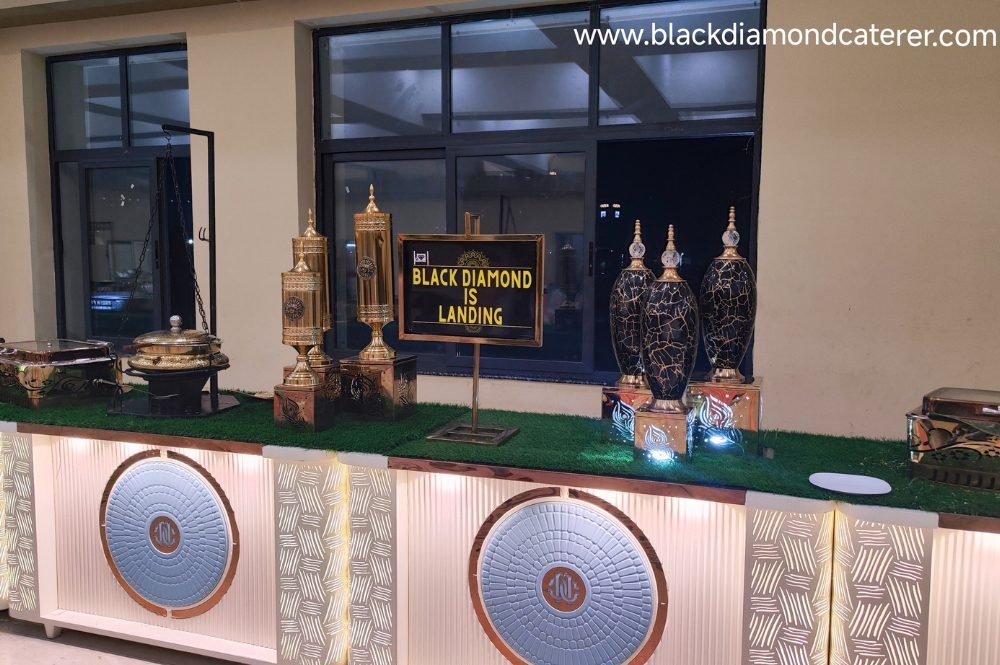Top 5 Key Differences Between Restaurants and Catering Services
The food service industry offers diverse business models, each serving unique customer needs and market demands. Restaurants provide dine-in experiences with established locations, whilst catering services deliver food solutions directly to clients’ chosen venues. Both play essential roles in the hospitality sector, yet they operate under fundamentally different principles.
Understanding the difference between catering and restaurant operations has become increasingly important for event planners, aspiring entrepreneurs, and food service professionals. The choice between restaurant dining and catering services significantly impacts event success, business profitability, and customer satisfaction.
This comprehensive comparison explores five critical distinctions: menu customization capabilities, customer interaction approaches, logistical requirements, operational cost structures, and scalability potential. These differences shape how each business model serves its market and determines which option best suits specific situations and goals.
Menu Customization: Fixed vs. Flexible Offerings
Restaurants typically operate with standardized menus designed to appeal to broad customer bases. These establishments focus on consistent quality and efficient kitchen operations, offering limited customization options. Customers choose from predetermined dishes, with modifications usually restricted to ingredient substitutions or portion adjustments.
The restaurant model prioritizes menu familiarity and operational efficiency. Kitchen staff master specific recipes, enabling consistent preparation and presentation. This approach reduces food waste, streamlines inventory management, and maintains predictable profit margins across all menu items.
Catering services excel in menu flexibility, creating bespoke culinary experiences tailored to client preferences, event themes, and dietary requirements. Professional caterers collaborate closely with clients to develop customized menus that reflect personal tastes, cultural traditions, or corporate branding elements.
Consider a wedding reception where the couple requires vegan options, gluten-free alternatives, and traditional family recipes. A catering service can accommodate these diverse needs whilst maintaining presentation quality and flavor consistency. This level of customization extends beyond dietary restrictions to include seasonal ingredients, budget constraints, and aesthetic preferences that complement the event’s overall design.

Customer Interaction: Service vs. Consultation
Restaurant customer interaction centers on providing excellent dining experiences within established physical spaces. Staff focus on order taking, food service, and maintaining pleasant atmospheres that encourage repeat visits. The interaction remains relatively brief, concentrated during the dining period.
Customer satisfaction in restaurants depends heavily on service quality, food presentation, and ambience. Success metrics include table turnover rates, average spend per customer, and positive reviews that attract future diners. The relationship typically ends when customers settle their bills and leave the premises.
Catering services require extensive client consultation throughout the planning process. Professional caterers act as culinary advisors, helping clients navigate menu options, portion planning, and service styles. These relationships often span weeks or months, involving multiple meetings and detailed coordination.
The catering consultation process includes venue assessments, timeline development, and coordination with other event vendors. Caterers provide expert guidance on food quantities, service logistics, and presentation styles that complement specific venues and occasions. This collaborative approach builds trust and ensures successful event execution.
Logistics: Contained vs. Mobile Operations
Restaurant logistics operate within controlled environments featuring dedicated kitchens, dining areas, and storage facilities. Operations remain centralized, with established workflows for food preparation, service delivery, and facility maintenance. Staff work in familiar spaces with consistent equipment and resources.
Kitchen brigades in restaurants develop efficient systems for managing multiple orders simultaneously. The proximity between preparation areas and service points enables quick communication and seamless coordination. Inventory management focuses on daily requirements and regular supplier deliveries to maintain fresh ingredients.
Catering logistics involve complex coordination across multiple locations and variable conditions. Each event presents unique challenges requiring careful planning for food preparation, transportation, setup, and cleanup. Equipment must be portable, and staff must adapt to unfamiliar venues with varying facilities.
Consider an outdoor wedding reception in a remote location. The catering team must transport hot food whilst maintaining safe temperatures, set up serving stations without permanent facilities, and manage cleanup without commercial dishwashing equipment. Weather conditions, power availability, and venue accessibility all impact operational planning and execution.


Operational Costs: Fixed vs. Variable Structures
Restaurant operational costs remain relatively fixed, including rent, utilities, permanent staff salaries, and equipment maintenance. These establishments require consistent daily revenue to cover overhead expenses and maintain profitability. Empty tables represent immediate revenue loss that cannot be recovered.
The restaurant model demands steady customer traffic throughout operating hours. Marketing efforts focus on building loyal customer bases and encouraging frequent visits. Revenue streams depend on volume sales and optimizing table turnover rates during peak dining periods.
Catering services operate with variable cost structures that scale according to event requirements. Staffing, equipment, and inventory adjust based on confirmed bookings. This flexibility enables better profit margin control and reduces financial risk during slower periods.
Successful catering companies like Black Diamond Caterer demonstrate how catering businesses differ fundamentally from restaurants in their operational approach. As a catering company, not a restaurant, Black Diamond Caterer can adjust resources based on client demand, hire temporary staff for large events, and maintain profitability without requiring daily foot traffic.
The variable cost advantage allows caterers to pursue diverse market opportunities, from intimate private dinners to large corporate events, without the burden of maintaining expensive permanent facilities during quiet periods.
Scalability: Location Limits vs. Market Expansion
Restaurant scalability faces significant constraints due to physical location limitations and fixed capacity. Seating arrangements, kitchen size, and local market demand determine maximum revenue potential. Expansion requires substantial capital investment in additional locations, each requiring separate management and marketing efforts.
Successful restaurant growth often involves franchise models or multiple location strategies. Each new establishment represents a significant financial commitment with ongoing operational responsibilities. Market saturation in local areas can limit expansion opportunities and increase competition for customer attention.
Catering services enjoy superior scalability through flexible resource allocation and market reach expansion. Service areas can extend across wide geographical regions without requiring permanent facilities in each location. Staff and equipment scale up or down based on booking demands and seasonal variations.
A single catering operation can simultaneously manage multiple events of varying sizes across different venues. During peak seasons, temporary staff augment core teams, whilst slower periods allow for reduced operational costs. This adaptability enables catering businesses to pursue diverse market segments and geographical territories.
Technology integration further enhances catering scalability through online booking systems, automated planning tools, and digital marketing campaigns that reach broader audiences without proportional cost increases.

Making the Right Choice for Your Needs
The catering vs restaurant comparison reveals distinct operational philosophies serving different market needs. Restaurants provide consistent dining experiences in controlled environments, whilst catering services offer flexible, customized food solutions for special occasions and events.
Event planners should consider these operational differences when selecting food service providers. Restaurant catering divisions may offer limited flexibility compared to dedicated catering companies, whilst pure restaurant experiences may not translate effectively to off-site events.
For entrepreneurs entering the food service industry, understanding the catering and restaurant comparison helps inform business model selection. Each approach requires different skill sets, capital investments, and market strategies. Success depends on aligning operational capabilities with target customer needs and market opportunities.
The food service landscape continues evolving, with some businesses adopting hybrid models that combine restaurant operations with catering services. However, the fundamental differences in menu customization, customer interaction, logistics, costs, and scalability remain crucial factors in determining operational success and customer satisfaction.


